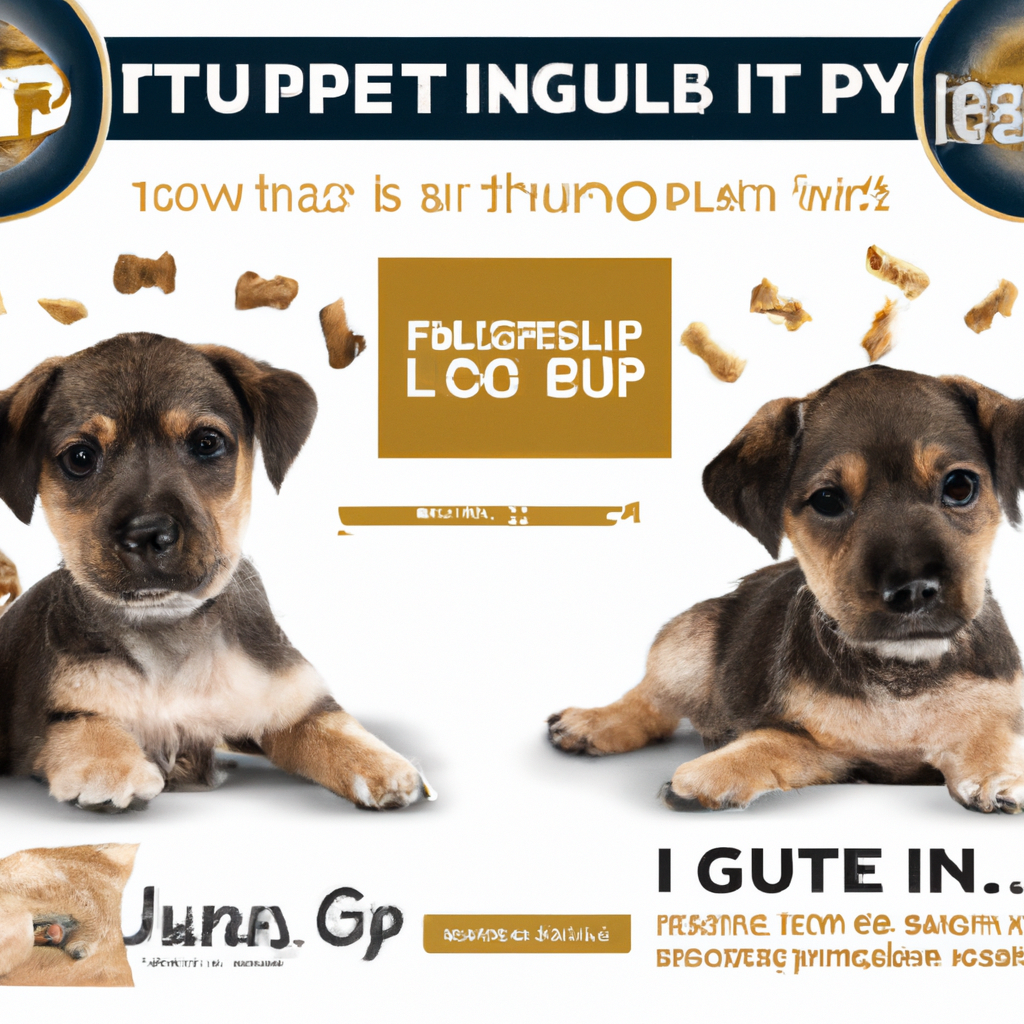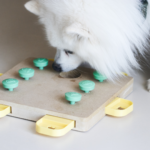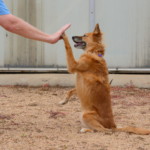Switching your furry friend from puppy to adult dog food can be a smooth and seamless process with the right approach. As your adorable pup grows into a strong and independent adult dog, their nutritional needs also evolve. This article will provide you with valuable tips and guidance on how to successfully make the transition from puppy to adult dog food, ensuring that your companion continues to thrive and maintain optimal health.
Transitioning from Puppy to Adult Dog Food
Transitioning from puppy to adult dog food is an important step in your furry friend’s life. As your puppy grows, their nutritional needs change, and it’s crucial to provide them with the right balance of nutrients. By gradually transitioning them to adult dog food, you can ensure a smooth transition and support their overall health and well-being. In this article, we will explore the importance of a gradual transition, when to start transitioning, choosing the right adult dog food, considerations for large breed dogs, understanding nutritional differences, consulting with a veterinarian, steps for a successful transition, monitoring your dog’s response, common challenges, and solutions, and offer some final thoughts on the topic.

Importance of a Gradual Transition
Transitioning your puppy to adult dog food gradually is essential to prevent any digestive upsets. Suddenly switching their food can cause stomach upset, diarrhea, or even refusal to eat. By gradually introducing adult dog food into their diet, you give their digestive system time to adjust to the new ingredients, preventing any discomfort. It also allows you to monitor their response and make any necessary adjustments to ensure they are getting the right nutrition.
When to Start Transitioning
The timeline for transitioning your puppy to adult dog food can vary depending on their breed and size. In general, most puppies can start the transition between 6 to 12 months of age. However, larger breeds may need to stay on puppy food a little longer, as they take longer to reach their adult size. It is important to consult with your veterinarian, who can provide personalized guidance based on your dog’s individual needs and development.
Choosing the Right Adult Dog Food
Selecting the right adult dog food is crucial for your dog’s health and well-being. Take this opportunity to research different brands and read the labels carefully. Look for a high-quality food that meets the nutritional requirements of your dog’s breed and life stage. Consider factors such as the protein source, carbohydrate content, and the inclusion of essential nutrients like vitamins and minerals. It’s also vital to choose a food that your dog enjoys and digests well.

Considerations for Large Breed Dogs
If you have a large breed puppy, the transition to adult dog food requires special attention. Large breeds have specific dietary needs, particularly in terms of calcium and phosphorus ratios, which can affect their bone and joint development. Consulting with a veterinarian or a canine nutritionist is highly recommended to ensure you choose the appropriate dog food for your large breed puppy. They can guide you on the specific nutritional requirements and help you find the right balance between supporting their growth and preventing developmental issues.
Understanding Nutritional Differences
Puppy food and adult dog food differ in their nutritional composition to support the specific needs of each life stage. Puppy food is formulated to provide the necessary nutrients for growth, including higher levels of protein, fat, and certain vitamins and minerals. Adult dog food, on the other hand, is designed to maintain overall health and support the dog’s activity level. It typically contains lower levels of protein and fat to prevent excessive weight gain. Understanding these nutritional differences will help you choose the appropriate food for your dog.
Consulting with a Veterinarian
Before making any changes to your dog’s diet, it is crucial to consult with a veterinarian. They have the expertise to evaluate your dog’s specific needs and can provide guidance on transitioning to adult dog food. Your veterinarian can also address any concerns or questions you may have and recommend specific brands or formulas based on your dog’s health condition or dietary restrictions.
Steps for a Successful Transition
When it comes to transitioning your puppy to adult dog food, a gradual approach is key. Follow these steps for a successful transition:
- Start by mixing a small amount of adult dog food with your puppy’s current food. Begin with a ratio of 75% puppy food and 25% adult food.
- Over the course of a week, slowly increase the proportion of adult dog food while decreasing the amount of puppy food. Aim for a 50-50 ratio by the end of the week.
- Continue increasing the ratio of adult food and decreasing the puppy food each week until you have completely transitioned to adult dog food.
By taking it slow and steady, you give your dog’s digestive system time to adjust and minimize the risk of any digestive upset.
Monitoring Your Dog’s Response
Throughout the transition process, it’s essential to closely monitor your dog’s response to the new food. Keep an eye out for any digestive issues such as vomiting, diarrhea, or changes in appetite. Additionally, observe their energy levels, coat condition, and overall demeanor. Your dog’s response will provide valuable feedback on whether the new food is suitable for them. If you notice any concerning symptoms or unexpected changes, consult with your veterinarian to ensure your dog’s health and well-being.
Common Challenges and Solutions
Transitioning to adult dog food may come with a few challenges along the way. Some dogs may be picky eaters and may resist the new food initially. In such cases, try mixing in a small amount of wet food or warm water to entice them. Gradually reducing the moisture content can help them adapt to the dry kibble. If your dog continues to refuse the new food, consult with your veterinarian for further advice. They may recommend alternative foods or solutions to encourage your dog’s acceptance.
Final Thoughts
Transitioning your puppy to adult dog food is a significant milestone in their journey to adulthood. By following a gradual transition, choosing the right adult dog food, and consulting with a veterinarian, you can ensure that your dog receives the proper nutrition they need for optimal health. Remember to monitor your dog’s response and make any necessary adjustments along the way. With careful attention and patience, you can smoothly transition your furry friend to a nutritious and balanced adult dog diet.









